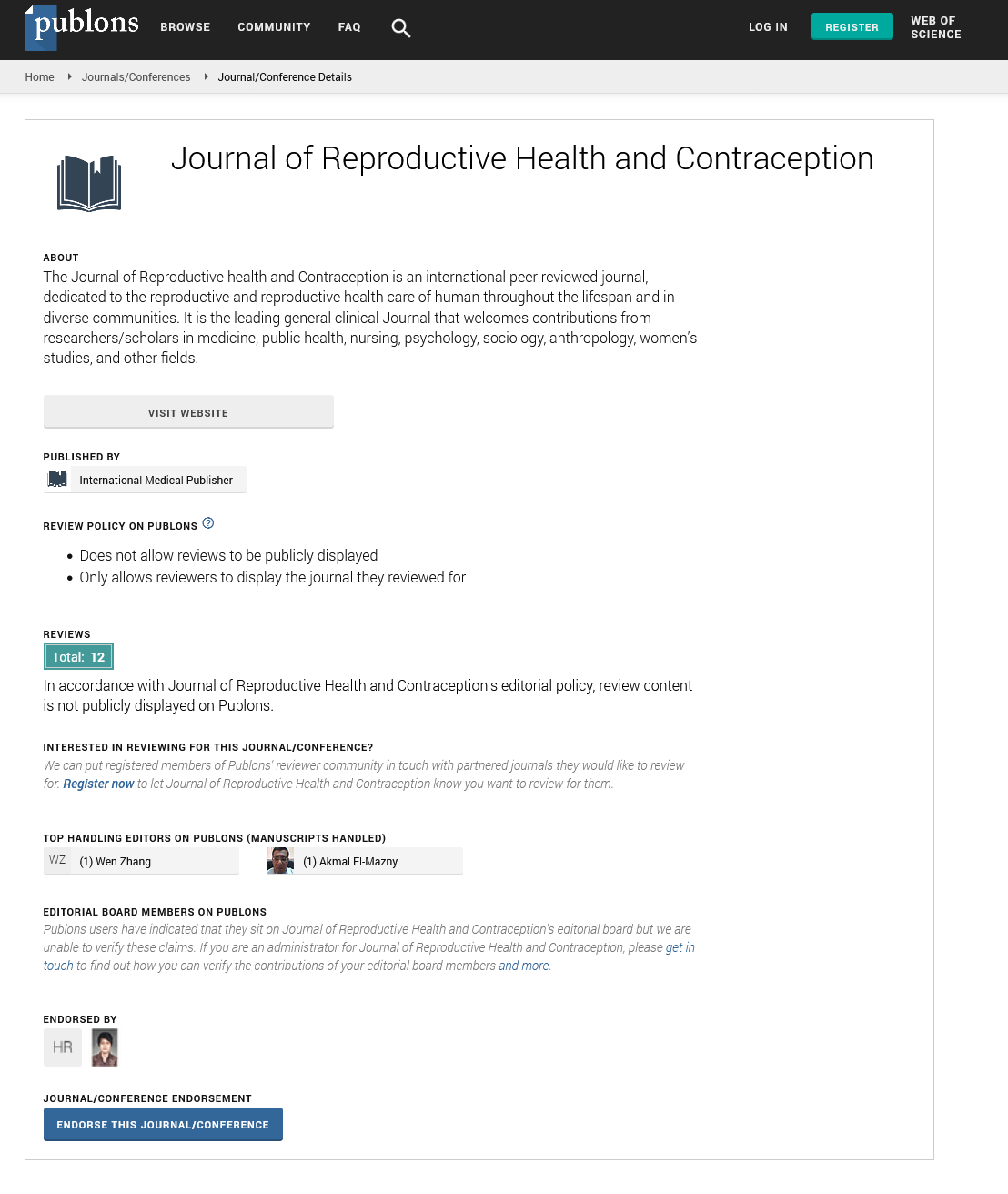Abstract
A Investigating the Outcome of Surgery in Patients with Penile FractureHanieh
Purpose: The aim of study was to investigate the outcome of surgery in patients with penile fracture in Al-Zahra hospital.
Materials and Methods: This cross sectional study was conducted on 187 patients with penile fracture underwent surgery in Al-Zahra hospital during 2016- 2020. Data such as penile fracture causes, erectile dysfunction, time of surgery after penile fracture, degree of penile curvature and etc were extracted from medical records.
Results: The most common reason of penile fracture in these patients was manipulation and trauma with frequency 70 (37.4%) and 69 patients (36.9%), respectively. Lower urinary tract symptom, urinary tract injury, penile curvature, penile nodule and erectile dysfunction were observed in 1 (0.54 %), 2(1.06 %), 76 (40.64%), 75 (40.1%), 43 (23%) patients, respectively. Mild and moderate erectile dysfunction was seen in 38 (88.3%) and 5 (11.62%) patients, respectively. There was significant relation between erectile dysfunction with degree of penile curvature, surgical time and size of defect (P<.01). Furthermore, significant relation was observed between penile nodules and suture type (P=.000).
Conclusion: According to findings, erectile dysfunction was observed in 23 % of patients; however most of these patients had mild erectile dysfunction. Moreover, erectile dysfunction was influenced by penile curvature, surgical time and size of defect. Therefore, early surgery and special attention to patients with severe penile curvature are proposed for prevention of erectile dysfunction in these patients.
Author(s):
Hanieh salehi
Abstract | Full-Text | PDF
Share this

Google scholar citation report
Citations : 201
Journal of Reproductive Health and Contraception received 201 citations as per google scholar report
Journal of Reproductive Health and Contraception peer review process verified at publons
Abstracted/Indexed in
- Google Scholar
- China National Knowledge Infrastructure (CNKI)
- WorldCat
- Publons
Open Access Journals
- Aquaculture & Veterinary Science
- Chemistry & Chemical Sciences
- Clinical Sciences
- Engineering
- General Science
- Genetics & Molecular Biology
- Health Care & Nursing
- Immunology & Microbiology
- Materials Science
- Mathematics & Physics
- Medical Sciences
- Neurology & Psychiatry
- Oncology & Cancer Science
- Pharmaceutical Sciences


